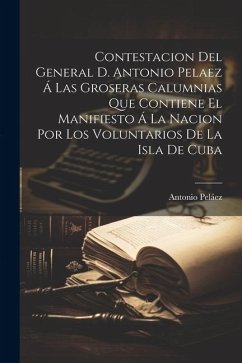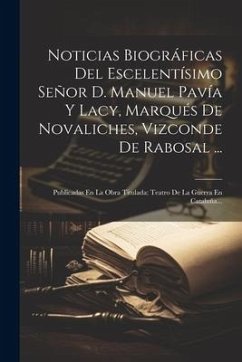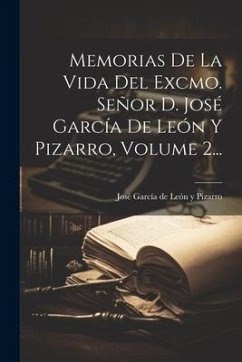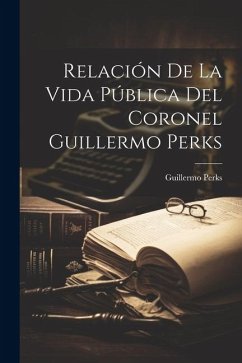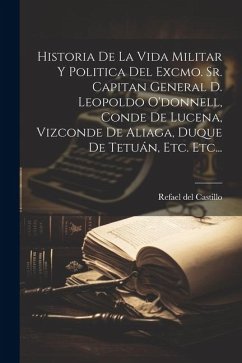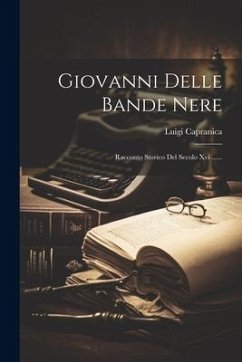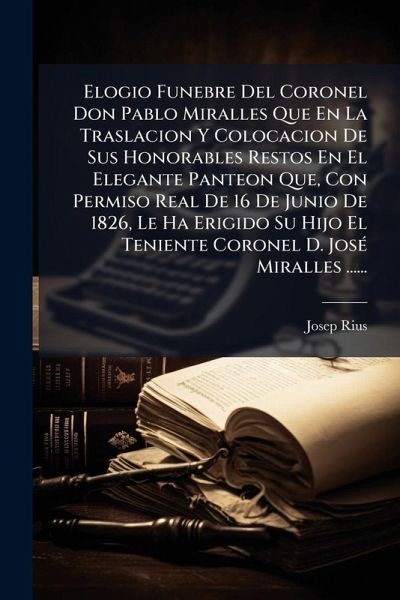
Elogio Funebre Del Coronel Don Pablo Miralles Que En La Traslacion Y Colocacion De Sus Honorables Restos En El Elegante Panteon Que, Con Permiso Real De 16 De Junio De 1826, Le Ha Erigido Su Hijo El Teniente Coronel D. JosÃ(c) Miralles ......
Versandkostenfrei!
Versandfertig in über 4 Wochen
15,99 €
inkl. MwSt.

PAYBACK Punkte
8 °P sammeln!
This is the funeral eulogy for Colonel Don Pablo Miralles, delivered during the ceremony of transferring and placing his remains in the elegant pantheon erected by his son, Lieutenant Colonel D. José Miralles, with Royal Permission granted on June 16, 1826. The text, titled "Elogio Funebre Del Coronel Don Pablo Miralles Que En La Traslacion Y Colocacion De Sus Honorables Restos En El Elegante Panteon Que, Con Permiso Real De 16 De Junio De 1826, Le Ha Erigido Su Hijo El Teniente Coronel D. José Miralles ...", offers a historical glimpse into the life and legacy of a military figure in 19th-c...
This is the funeral eulogy for Colonel Don Pablo Miralles, delivered during the ceremony of transferring and placing his remains in the elegant pantheon erected by his son, Lieutenant Colonel D. José Miralles, with Royal Permission granted on June 16, 1826. The text, titled "Elogio Funebre Del Coronel Don Pablo Miralles Que En La Traslacion Y Colocacion De Sus Honorables Restos En El Elegante Panteon Que, Con Permiso Real De 16 De Junio De 1826, Le Ha Erigido Su Hijo El Teniente Coronel D. José Miralles ...", offers a historical glimpse into the life and legacy of a military figure in 19th-century Spain. It provides insight into the social customs and values surrounding death and remembrance during that period, especially within military families. This oration serves as a primary source document for understanding Spanish military history and familial piety. This work has been selected by scholars as being culturally important, and is part of the knowledge base of civilization as we know it. This work was reproduced from the original artifact, and remains as true to the original work as possible. Therefore, you will see the original copyright references, library stamps (as most of these works have been housed in our most important libraries around the world), and other notations in the work. This work is in the public domain in the United States of America, and possibly other nations. Within the United States, you may freely copy and distribute this work, as no entity (individual or corporate) has a copyright on the body of the work. As a reproduction of a historical artifact, this work may contain missing or blurred pages, poor pictures, errant marks, etc. Scholars believe, and we concur, that this work is important enough to be preserved, reproduced, and made generally available to the public. We appreciate your support of the preservation process, and thank you for being an important part of keeping this knowledge alive and relevant.



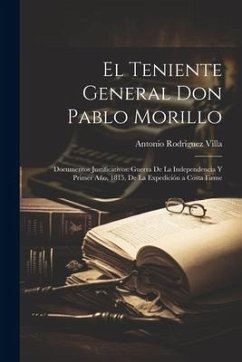
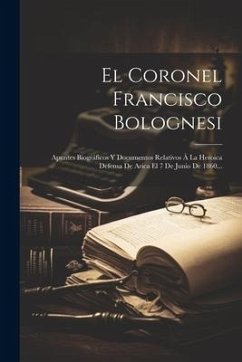
![El Teniente General D. [I.E. Don] Federico Esponda Y Morell Cover El Teniente General D. [I.E. Don] Federico Esponda Y Morell](https://bilder.buecher.de/produkte/74/74766/74766661n.jpg)

